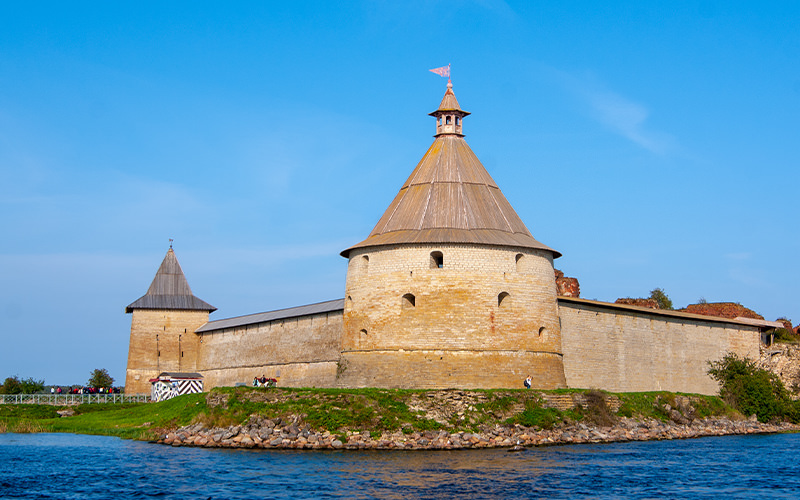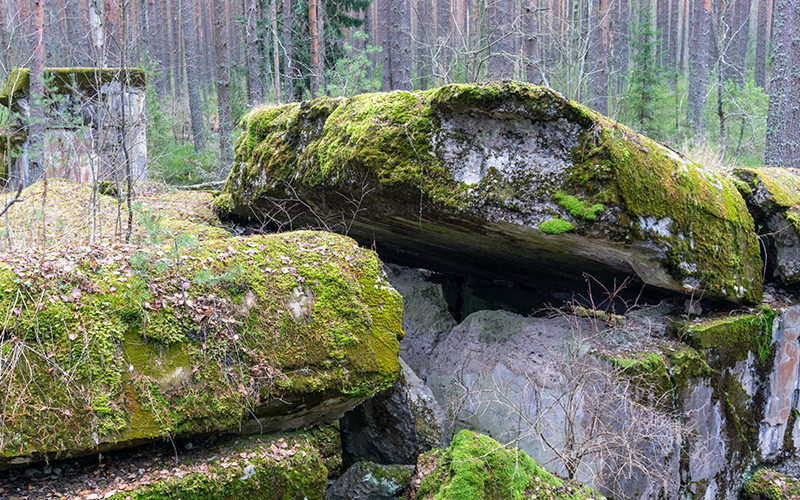In the previous article about Fortress "Oreshek" in Shlisselburg, we discussed how to get there from St. Petersburg and provided a brief history of "Oreshek" from the Novgorod Republic to the present day. Today, we'll focus on the attractions located within the fortress.
What to See
From the ferry, you can enjoy a magnificent and captivating view of "Oreshek." The fortress appears monumental, and its centuries-old history is immediately felt. "Oreshek" seems to rise from the waters of Lake Ladoga and the Neva River.
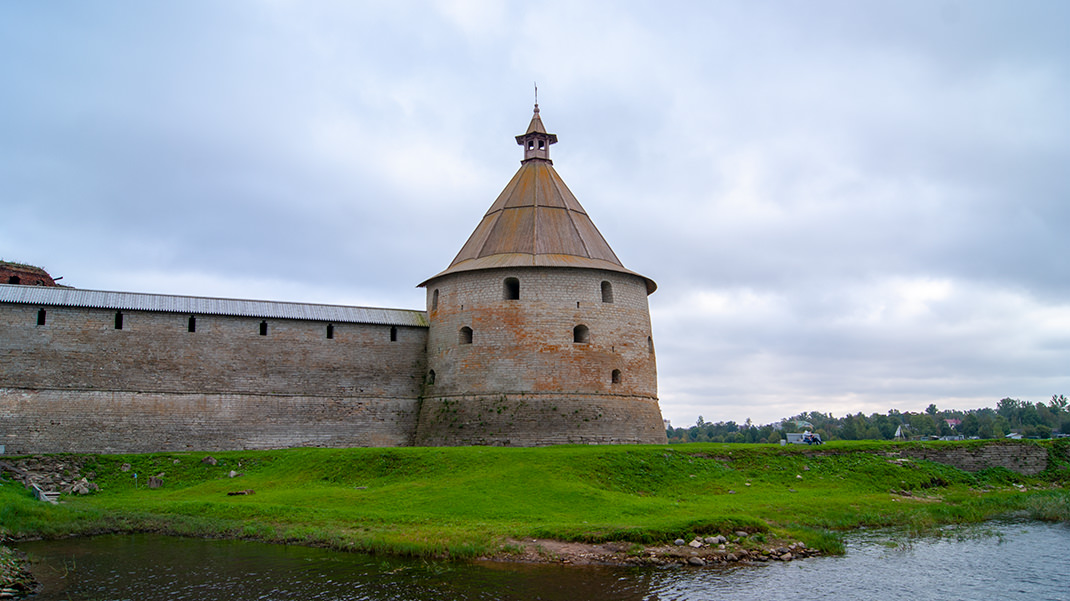
Once we disembarked and reached the fortress itself, we entered through the Tsar’s Tower, named in honor of Peter I after the successful assault on Noteburg. This tower is the only rectangular one in the entire fortress. This design was solely for defensive purposes. The tower was the only entrance to the fortress, with a non-through passage made at a right angle, creating additional difficulties during a ram assault. The entrance was also blocked by a moat with a drawbridge. By the way, the fortress has only 10 towers.
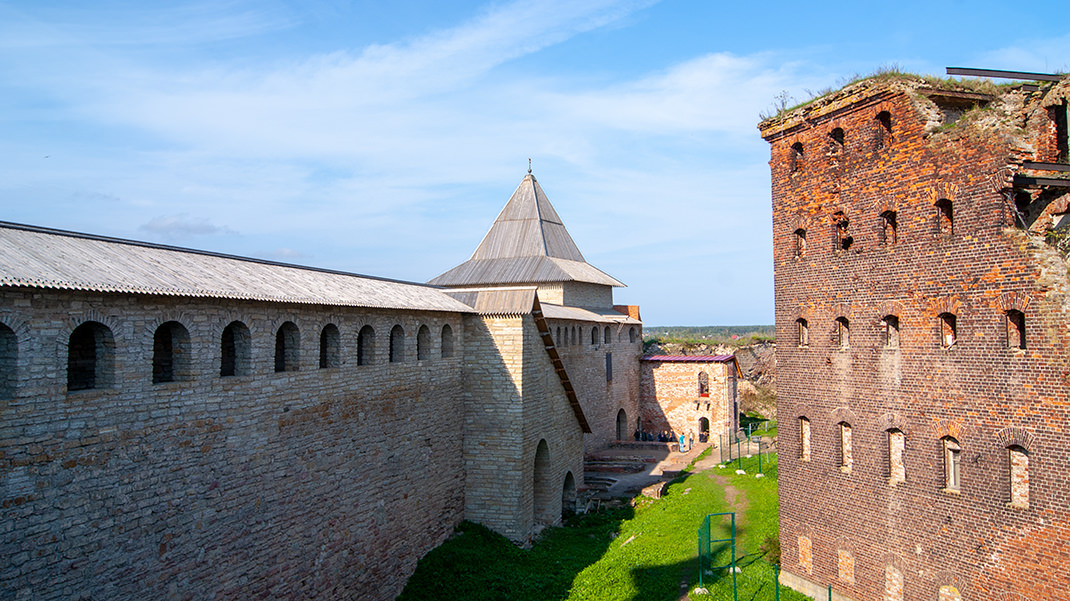
Inside the fortress, you’ll see the inner courtyard. To the left is the "Numbered Barracks," intended for Peter I's soldiers. According to documents, the construction was overseen by Trezzini himself. In 1907, the building was turned into a prison known as "Zverinets" due to the peculiar design of the cells. Prisoners were separated from the corridor by bars from floor to ceiling. The only source of light was the windows in the corridor, giving it the appearance of a menagerie.
Continuing on, to the right are the remains of the fortress walls preserved from the Novgorod Republic period. The original fortress from 1323 was wooden and was damaged by fire; a stone structure was erected in its place in 1352.
After exploring the Novgorod structures, we proceeded to the citadel—the fortress within a fortress. In 1798, a "Secret House" was built on its territory—a political prison. At one time, Decembrists were imprisoned here. Later, the building became known as the "old prison," with its cells converted into dungeons. Those sentenced to death were also held here. Today, there is an exhibition dedicated to the famous prisoners, with the cells restored to the early 19th-century state.
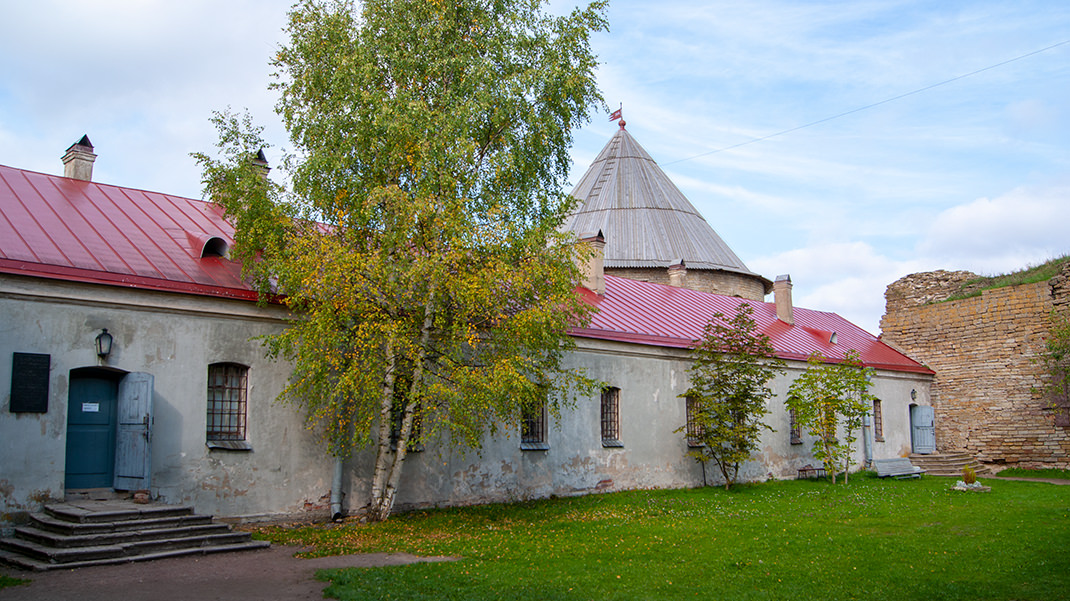
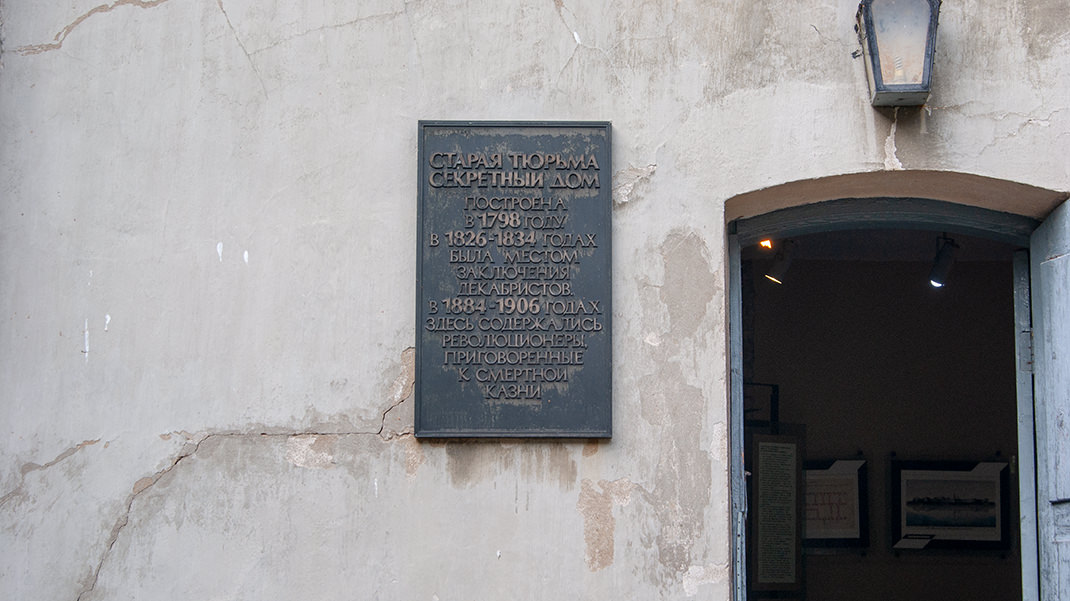
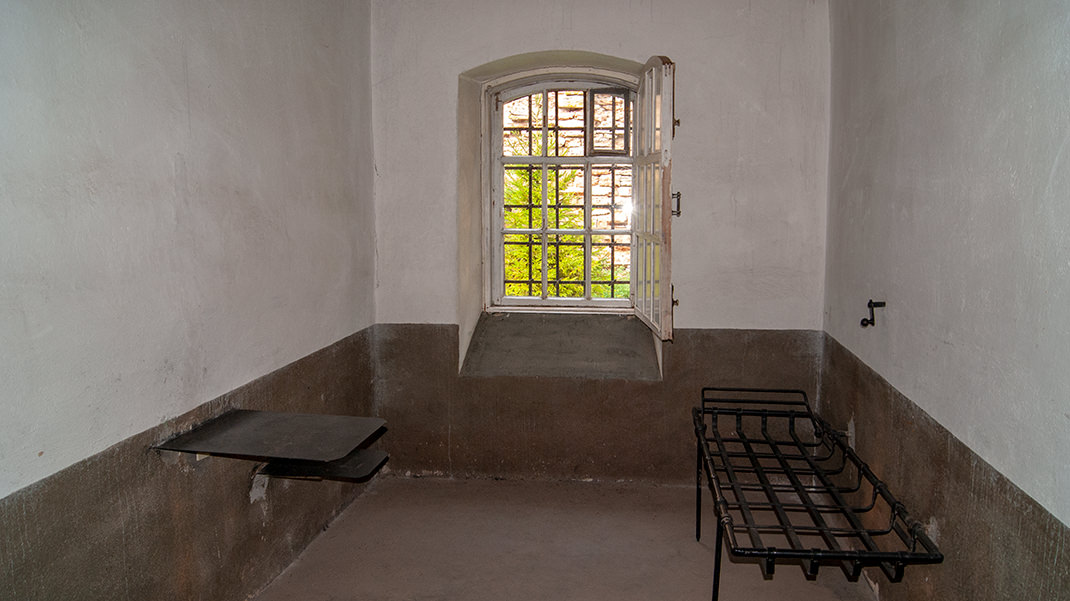
Exiting the citadel, we come to the New (Narodovolchetskaya) Prison building, constructed in 1884. It housed members of the "People's Will," many of whom were sentenced to long and life terms. The building consists of 2 floors and 40 cells. As of September 2018, the exhibition is partially under reconstruction.
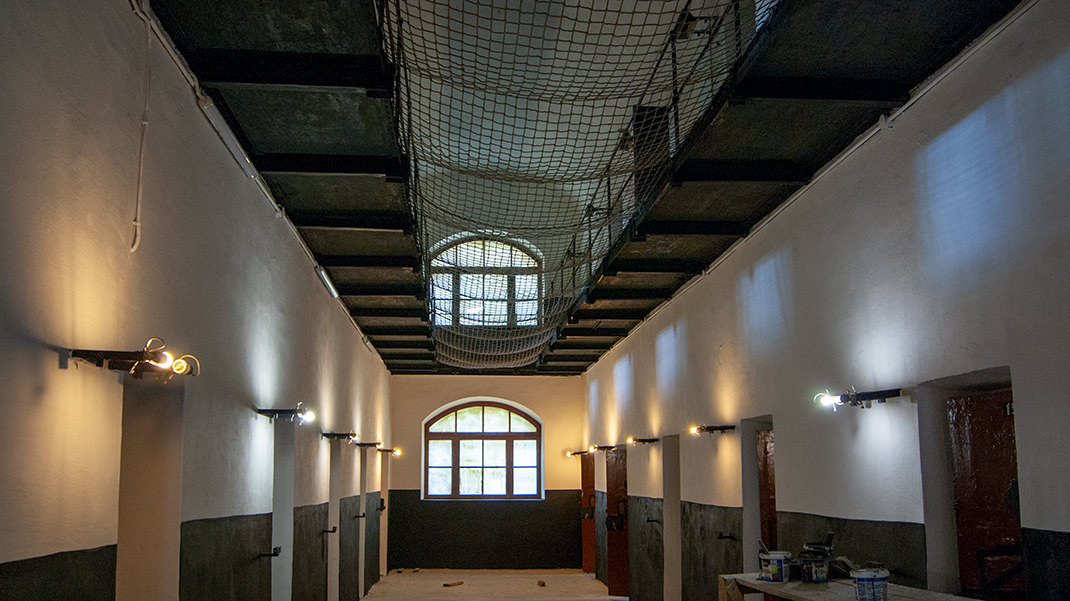
Directly opposite the New Prison is the mass grave of soldiers who died during the 1702 assault on the fortress. Behind it rise the ruins of the once majestic Church of John the Baptist. With the advent of Soviet power, it was looted and almost completely destroyed during World War II. On May 9, 1985, a memorial dedicated to the defenders of the Shlisselburg Fortress was opened on the ruins of the church.

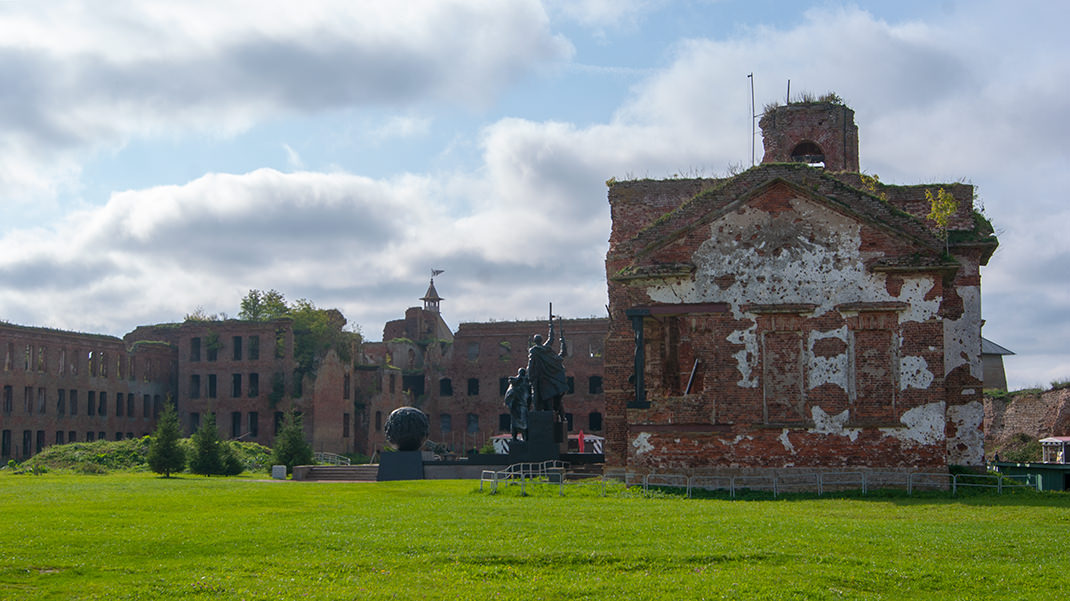
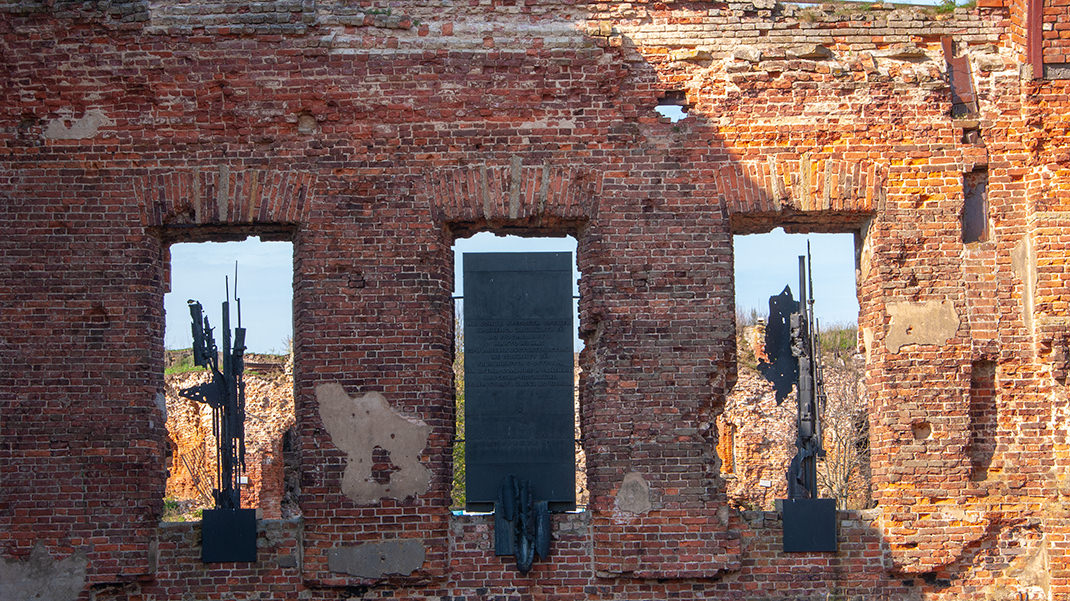
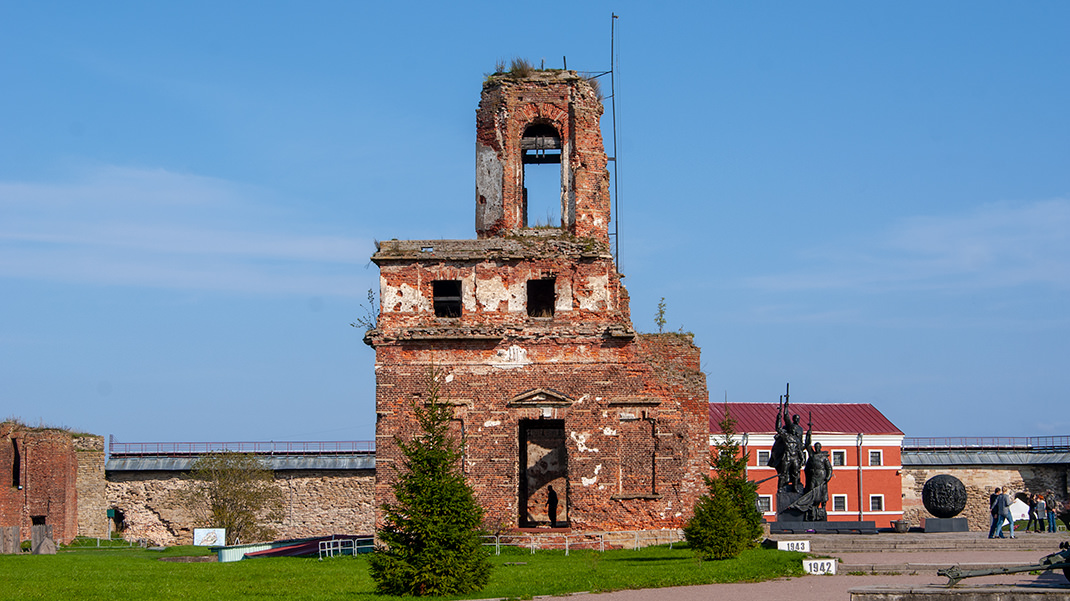
To the left is the Supervisory Building, constructed between 1909 and 1911. It was built simultaneously with the Fourth Prison Building and was intended to house the growing number of guards. The building survived the revolution well, and during World War II, it housed the fortress personnel.
Next to the Supervisory Building is the Fourth Prison Building—the newest and largest. It was designed to hold 500 prisoners. The building was heavily damaged in the 1917 fire and was never restored. The most significant destruction occurred during the intense shelling of World War II.


For those who like to climb higher, there are two options in "Oreshek." The first is the battle corridor and the "climb" to the wall. The ascent is located between the Tsar’s Tower and the Golovin Tower, and the observation platform extends from the Tsar’s to the Nameless Tower. The second option is the "Ladoga Promenade." The ascent is located near the Supervisory Building in the Golovkin Tower. The cost of ascent is 100 rubles (as of September 2018). From the promenade, you can enjoy a magnificent view of Ladoga and the Neva. During your visit, you can also listen to an audio tour broadcasted through loudspeakers.
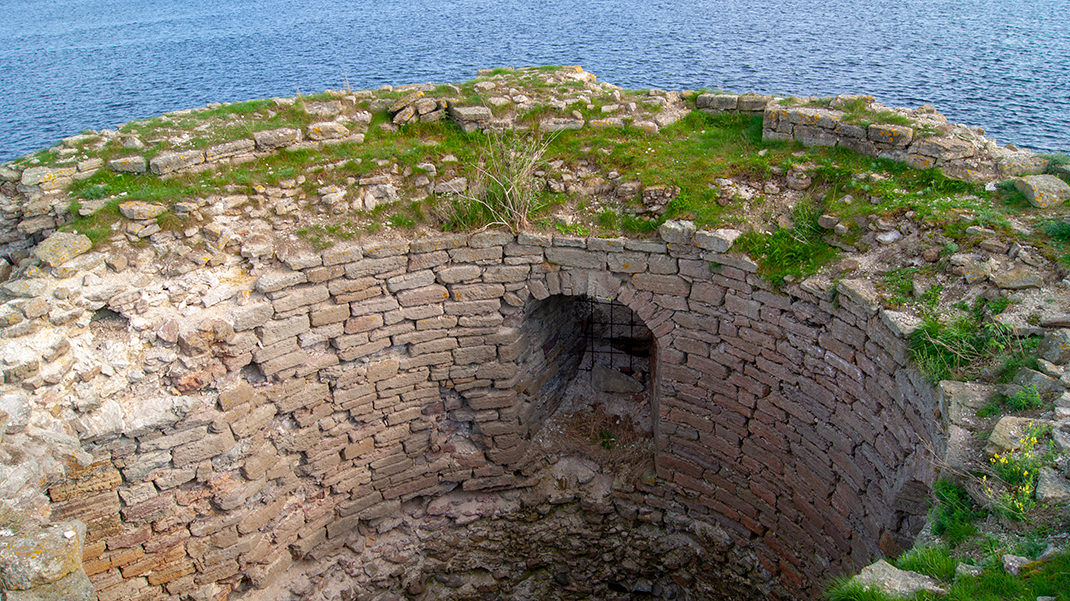
For those who enjoy space and tranquility, we recommend stepping out of the citadel onto the shore of Lake Ladoga. There are logs and benches available. It's a perfect spot for a picnic or a short rest. The shore, water, breeze, and distant horizon—what could be more beautiful?
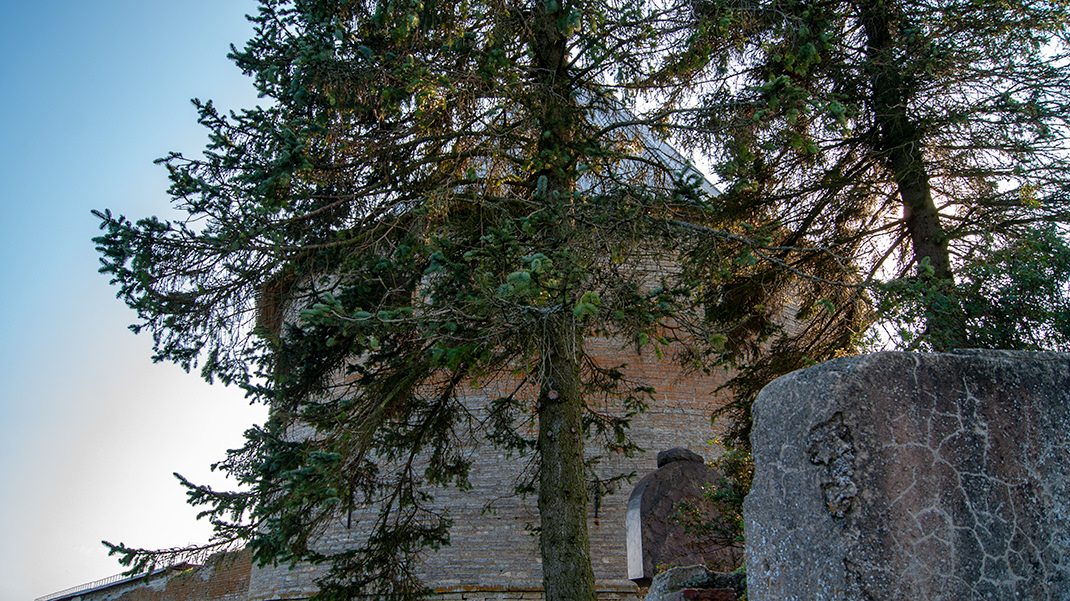
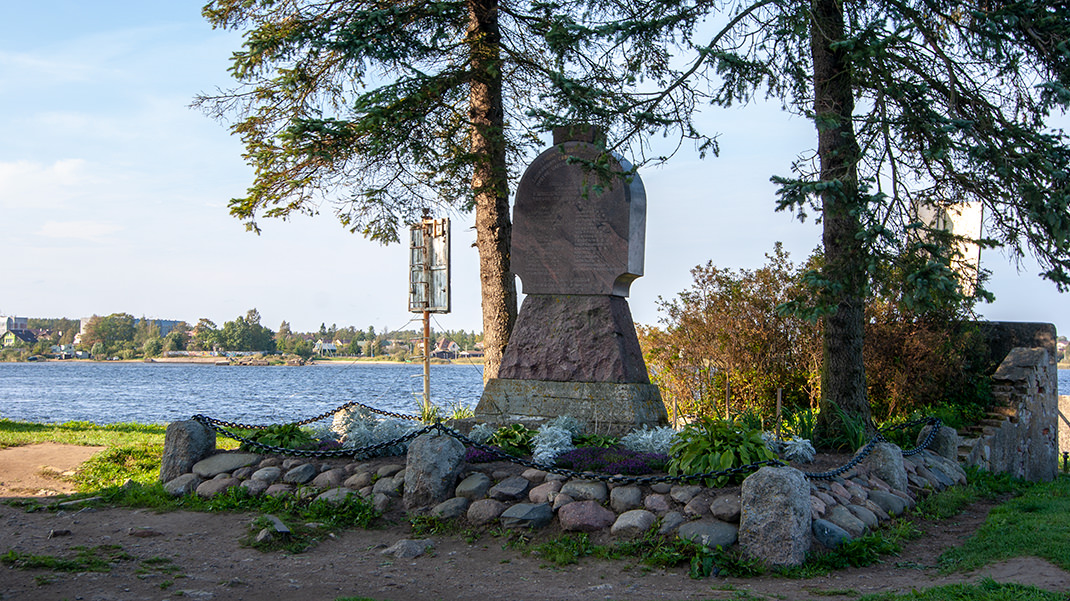


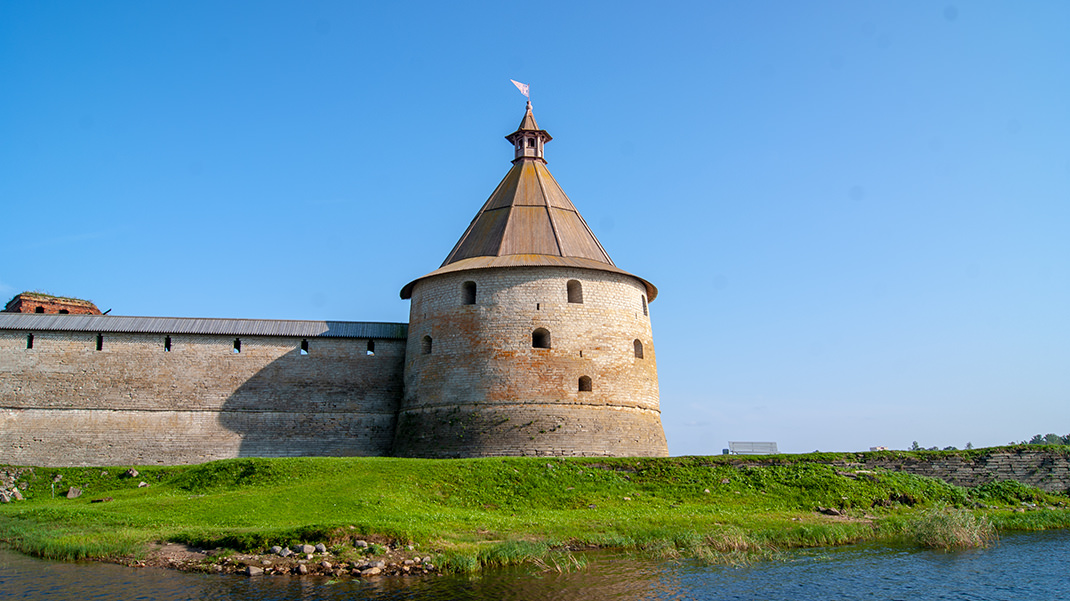
For those who get hungry, there is a café on the fortress grounds, although it might be closed, and prices can be steep. It’s better to stop by the "Lenta" store at the "Shlisselburg" pier and stock up on supplies in advance.
In summary:
- A great place to "touch" history;
- Opportunity for magnificent photos;
- Ideal for a family outing for the whole day.
- Fortress "Oreshek". Part 1


